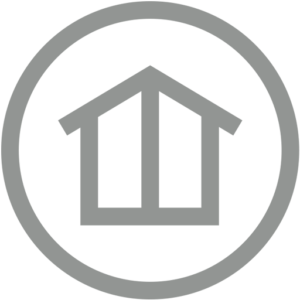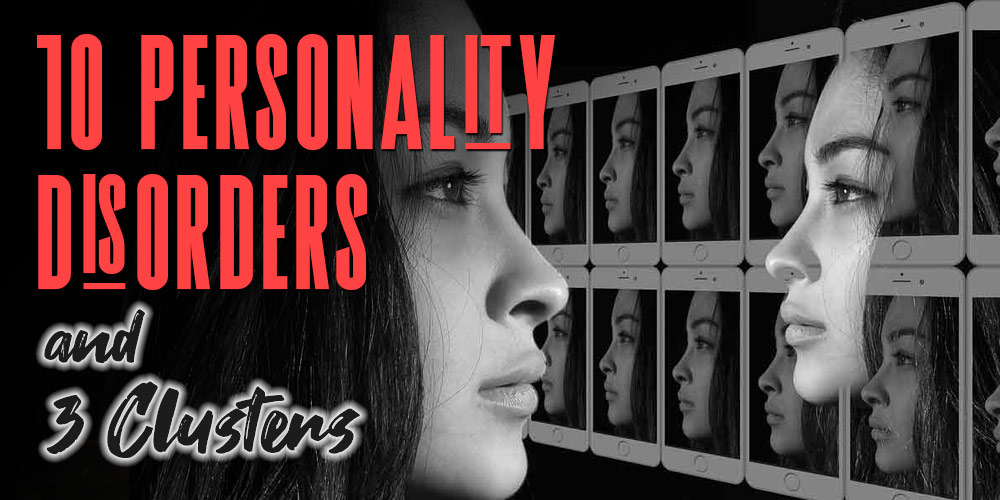
Many mental health conditions often overlap with each other and share similar characteristics. Grouping them into categories can make them easier to identify and treat, like with the 10 personality disorders, which are further broken down into 3 personality disorder clusters according to their traits.
Sometimes people who struggle in social settings like work, school, or other more casual environments are sometimes incorrectly seen as being weird, eccentric, or peculiar.
Unfortunately, what many people often overlook are possible underlying mental health issues, like personality disorders, that may be driving their anxious, erratic, or overly emotional behavior.
It might be surprising to learn that an estimated 9 percent of adults in the U.S. cope with personality disorders in any given year, according to the National Institute of Mental Health.
What’s more, nearly 85 percent of people with personality disorders also battle another mental health condition, such as substance use disorder.
Many people develop a substance use disorder as a result of self-medicating the symptoms of depression, anxiety, and other mental illnesses. Quite a few of these issues may stem from a personality disorder.
Understanding the 10 personality disorders and the 3 clusters or categories they’re placed in is a useful tool for seeing past what others might view as an awkward, difficult, or odd behavior.
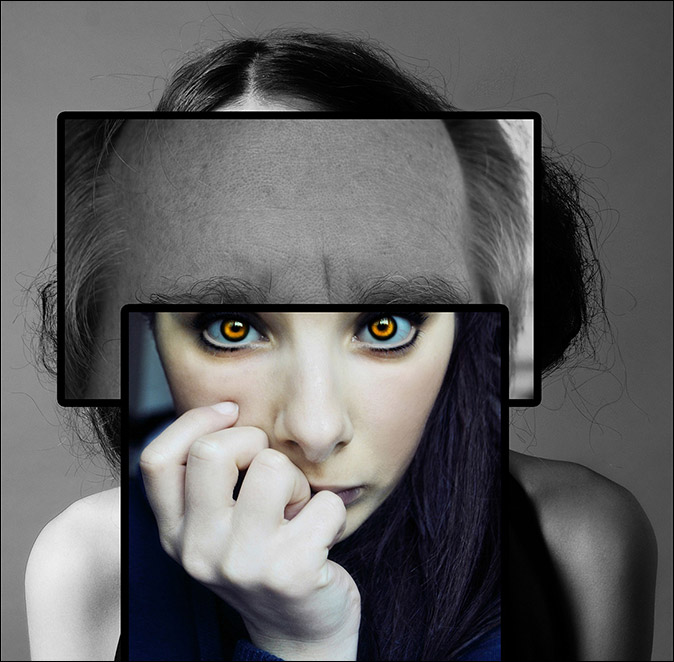
What are Personality Disorders?
Personality disorders are a form of mental health condition in which people regularly suffer from inflexible and unhealthy thought patterns that affect the way they behave and function in everyday settings.
Much of the time, people with these types of disorders see their way of thinking as normal and tend to blame others for the challenges they face, maybe feeling constantly victimized.
Obviously, these feelings, thought patterns, and behaviors are likely to cause significant issues in developing or maintaining healthy relationships, not to mention creating friction in places like school, work, or other social settings.
All of these factors can make personality disorders difficult to diagnose because a person may never submit to counseling or treatment. At the same time, if they do seek a diagnosis, they may not accept it as true or real when it’s given.
While personality disorders tend to fully develop during a person’s teenage years, they may not be immediately visible. As a person ages, some of the signs of a personality disorder may become less visible or pronounced, especially if they have found ways to keep it hidden.
What are the 3 Personality Disorder Clusters?
There are a number of different personality disorders and many of the symptoms in one disorder will overlap with symptoms of another.
Psychiatrists and mental health experts group personality disorders into 3 distinct clusters referred to as Cluster A, B, and C.
Cluster A Personality Disorders – Odd or Eccentric
Cluster A personality disorders include odd behaviors, thought patterns, and communication that is unconventional or eccentric. Decision-making can be affected by these traits.
There are 3 different Cluster A personality disorders:
- Paranoid Personality Disorder
- Schizoid Personality Disorder
- Schizotypal Personality Disorder
Listed below are some of the characteristics and related symptoms of Cluster A personality disorders.
Paranoid Personality Disorder
- A reluctance to trust or confide in others out of fear they will use information against them
- An unreasonable belief that others are trying to sabotage, harm or lie to them, causing a chronic suspicion of others’ motives or actions
- Perceiving innocent remarks as a personal attack and having an angry or hostile reaction
- Prone to holding unjustified grudges
Schizoid Personality Disorder
- Coming off as indifferent or uninterested in others due to a lack of interest in social or personal relationships
- Difficulty expressing a range of emotions, as well as picking up on normal social cues from others
- Generally does not experience pleasure in most activities, including a lack of interest or pleasure in sexual intercourse
Schizotypal Personality Disorder
- Discomfort with close relationships resulting in social anxiety
- Inappropriate or indifferent emotional responses to others
- Unconventional speech, belief and thinking patterns, as well as dress and behavior that are peculiar
- “Magical thinking” marked by the belief that casual incidents have secret meanings or that a Schizotypal person’s thoughts can affect another person’s behavior
- Experiencing odd perceptual events, like hearing an invisible voice whisper the person’s name

Cluster B Personality Disorders – Dramatic, Emotional, or Erratic
Cluster B personality disorders lean toward dramatic characteristics like overly emotional or severe, erratic, or unpredictable behavior and thinking.
There are 4 different Cluster B personality disorders:
- Antisocial Personality Disorder
- Narcissistic Personality Disorder
- Histrionic Personality Disorder
- Borderline Personality Disorder
Here are some of the common symptoms and traits of Cluster B personality disorders.
Antisocial Personality Disorder
- Chronic stealing, lying, and conning others often resulting in persistent trouble with law enforcement
- Impulsive behavior that displays a disregard for the safety of others and yourself
- No regard for the feelings of others and a lack of remorse for behavior
- Aggressive and potentially violent tendencies
Narcissistic Personality Disorder
- Arrogant expectation of adoration and constant praise despite the failure to even notice the needs and feelings of others
- Jealousy of others or the preconception that others are jealous of you
- Often exaggerates past accomplishments, relationships, or abilities
- Convinced that they are better than others and have fantasies of great success, power, and influence
Histrionic Personality Disorder (HPD)
- HPD symptoms include attention seeking behavior often by being emotionally dramatic, overtly sexual, or delivering strong opinions with few facts
- Highly susceptible to peer-influence
- Overly concerned with physical appearance, shallow sense of self and others
- Tendency to believe to that relationships with others are deeper or more intimate than in reality
Borderline Personality Disorder
- Fragile self-image with tendencies toward mood swings, depression, and suicidal threats and behavior as a result of interpersonal stress
- Engage in self-destructive or risky behavior like substance abuse, unsafe sex, binge eating, or gambling sprees
- Tendency to have intense and unstable relationships
- Displays of anger, emptiness, or an intense fear abandonment often as a result of stress-related paranoia
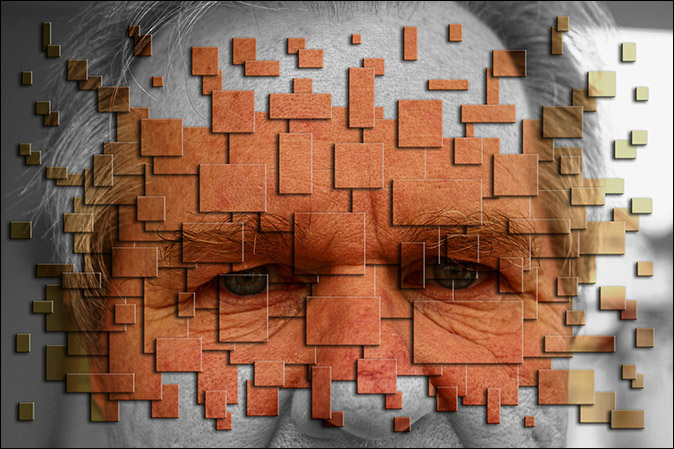
Cluster C Personality Disorders – Anxious or Fearful
Cluster C personality disorders involve patterns of fearful or anxiety-based thinking and behavior.
There are 3 different Cluster C personality disorders:
- Obsessive-Compulsive Personality Disorder
- Avoidant Personality Disorder
- Dependent Personality Disorder
Below are typical signs or symptoms of Cluster C personality disorders.
Obsessive-Compulsive Personality Disorder
Note: Obsessive-Compulsive Personality Disorder is not the same as the anxiety disorder known as Obsessive Compulsive Disorder (OCD).
- Dysfunctional perfectionism that typically results in extreme stress
- A need to be in control of situations, tasks, and people due to an excessive focus on details, orderliness, and rules
- Neglecting family and friends out of a rigid or stubborn inability to take time away from work or other activities deemed critical
- An extreme sense of morality, values or ethics, often displayed by intense control over financial budgets
Avoidant Personality Disorder
- Socially awkward and shy as a result of feeling inadequate, unattractive, or generally inferior to others
- Typically unable to thrive in work positions that involve a lot of interpersonal contact
- Tendency to avoid new activities or meeting new people driven by fears of embarrassment, ridicule, or disapproval
- Overly sensitive to criticism or rejection
Dependent Personality Disorder
- Overly needy and dependent on others for validation, which leads to clingy, submissive behavior even in abusive relationships
- Severe lack of self-confidence or the ability to fend for themselves, which can lead to a pattern of seeking new relationships immediately after a previous one ends
- Generally afraid to disagree with others out of a fear of abandonment
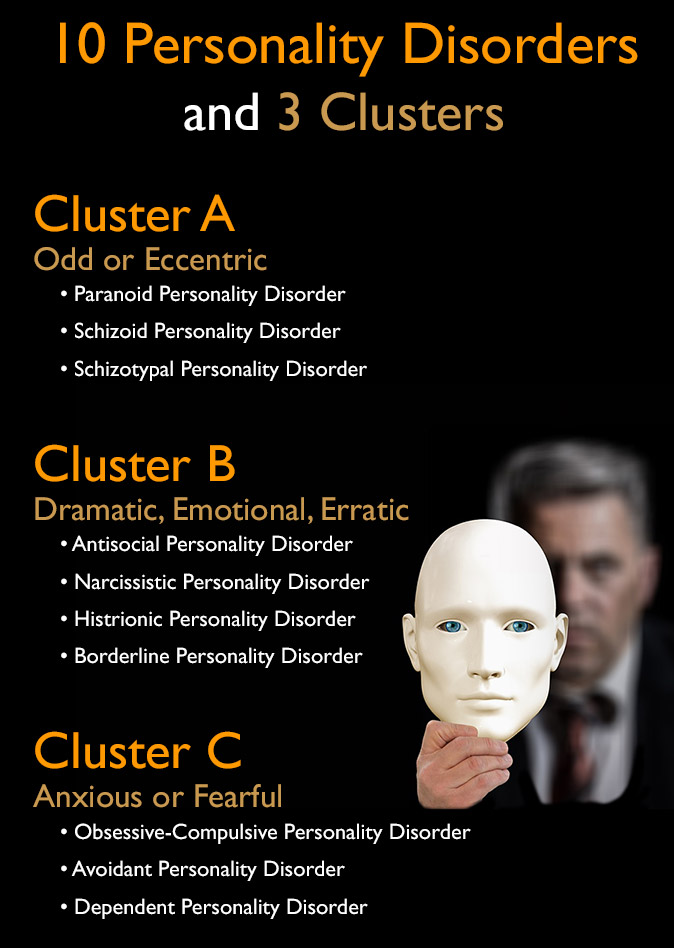
How are Personality Disorders Treated?
Treatment approaches for personality disorders will vary depending on the severity, duration and type of disorder a person is suffering from.
For some people, a combination of talk therapy with a psychologist or psychiatrist, along with antidepressant or mood stabilizing medications can be extremely effective.
Still, successfully treating personality disorders is a process that can take years.
If there are co-occurring illnesses, such as the presence of a substance use disorder and a personality disorder, both disorders need to be addressed at the same time in a dual diagnosis treatment program.
If a patient with a personality disorder receives only addiction treatment, they are unlikely to have a successful recovery for sustained periods of time because of the other untreated symptoms.
Looking at the 10 types of personality disorders, Borderline Personality Disorder and Antisocial Personality Disorder are thought to have the highest rates of substance use disorders.
When using dual diagnosis treatment for personality disorders and addiction, Dialectical Behavioral Therapy has shown to be one of the most effective evidence-based treatment options, along with other forms of cognitive or talk therapy.
In severe cases of personality disorders, a psychiatric team may be necessary, including a pharmacist and social worker that are aware of ongoing treatment.
These cases may involve higher levels of anti-psychotic medications, mood stabilizers, antidepressant and anti-anxiety medications. Hospitalization for treatment might also be necessary.
Recovery for severe personality disorder symptoms is possible, but it involves a high level of participation, dedication, and willingness on the part of the patient.
Related Posts
- Borderline Personality Disorder and Addiction
Examining the correlation between the 10 types of personality disorders and substance use, one of…
- Borderline Personality Disorder vs Bipolar - Is BPD Worse?
Understanding and distinguishing the differences between Borderline Personality Disorder vs Bipolar Disorder can be difficult…
- Movies About Borderline Personality Disorder BPD
The prevalence of mental health might not be a common topic of discussion, but we…
